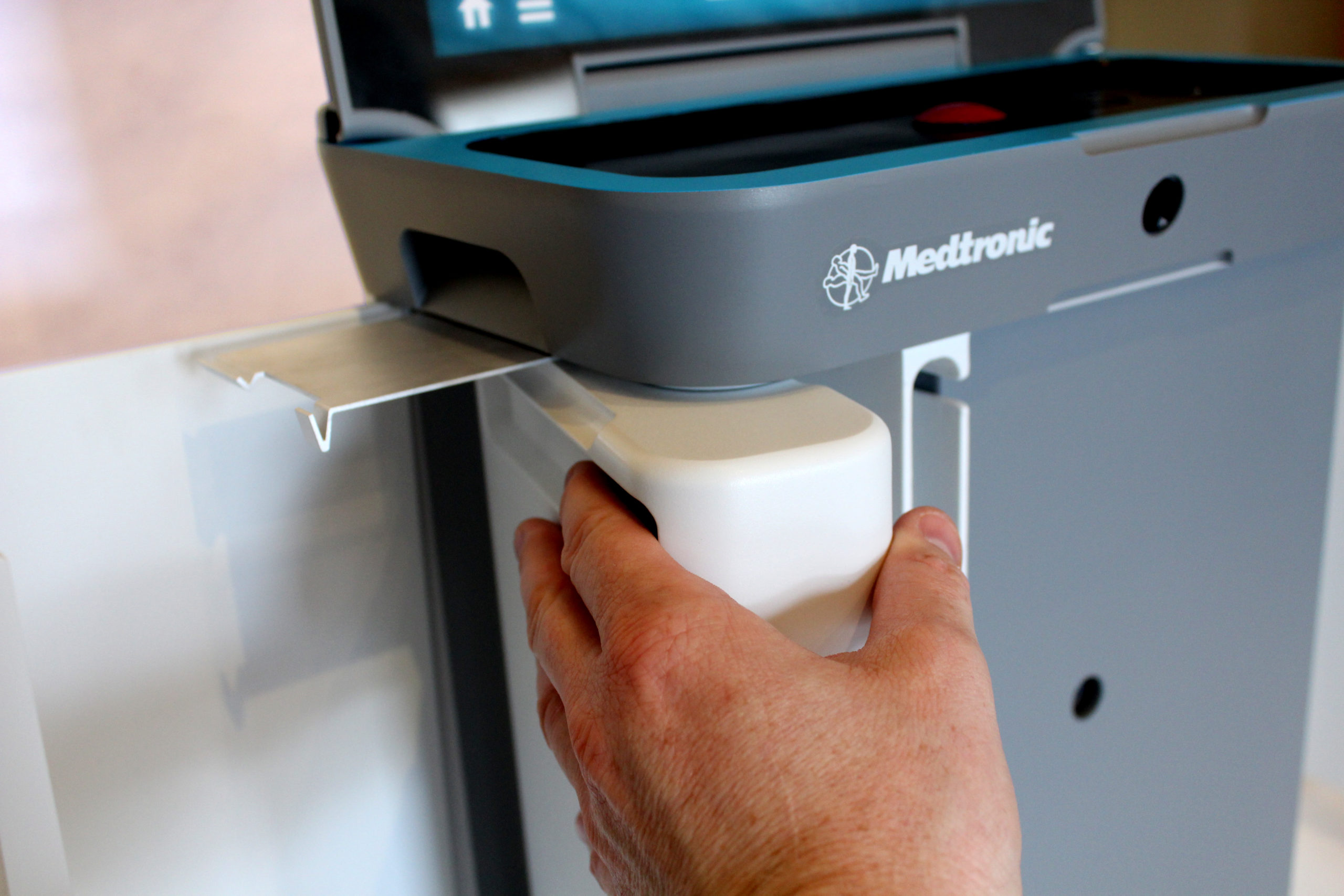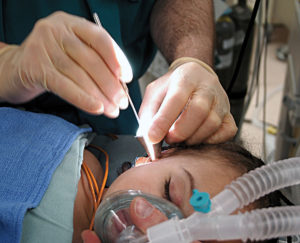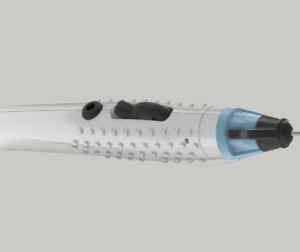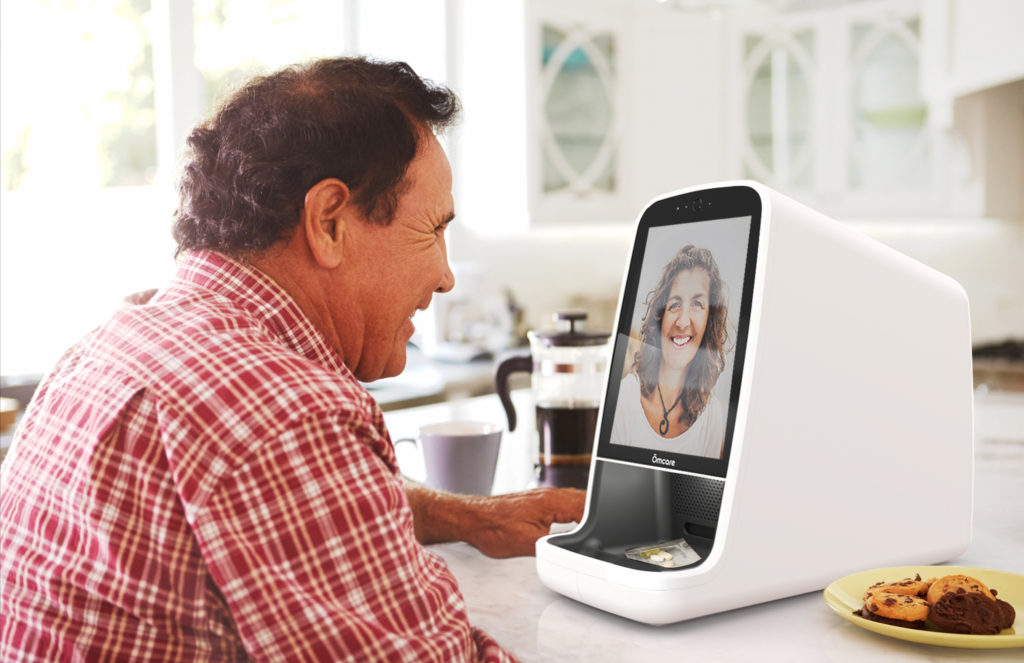Should Form Follow Function? How Aesthetics Impact Medical Device Design

Should form follow function, or should function follow form? You can think of this hotly debated question as the design world’s chicken or the egg scenario.
If you ask 100 architects, engineers, and product designers, you’re likely to get a pretty split room, and therein lies the problem. There’s a strong case to be made for either side, with “experts” in each party having decades of success using their preferred approach to this causal relationship.
When it comes to life-saving medical devices, however, this question becomes all the more crucial. Using Kablooe’s lens as an experienced medical device research and design firm, we’ll present arguments for each side as we try to determine their proper place in the product development timeline.
A BRIEF HISTORY OF FORM FOLLOWS FUNCTION
“Form ever follows function” is one of history’s most misquoted and incorrectly attributed maxims. In 1896, contrary to popular belief, it was the relatively unknown American architect Louis Sullivan who coined the iconic phrase in a print interview, suggesting the idea that style should always reflect purpose.
Sullivan wasn’t referring to product design, however, but rather the need for a revolutionary new building for the modern city. He was, of course, referring to the structural steel skyscraper.
“It is the pervading law of all things organic and inorganic, of all things physical and metaphysical, of all things human and all things superhuman, of all true manifestations of the head, of the heart, of the soul, that the life is recognizable in its expression, that form ever follows function.”
— Louis Sullivan
HOW DOES THIS RELATE TO MEDICAL DEVICE DESIGN?
Regardless of Sullivan’s original intent, the idea that form should follow function took on a life of its own across a vast number of different fields, ranging from the furniture and automobile industries in the early ’50s to the software and tech gadget boom of today. Of course, medical device design was no exception.
In the healthcare world, a device’s aesthetic appeal has long been considered more of a secondary or even tertiary concern. However, more recent human factors engineering research suggests that aesthetic form and user interface may actually play a much larger role in a device’s inherent usability and overall adoption.
Is it as important or even more important than purposeful, practical design though? That remains the question.
THE ARGUMENT FOR FUNCTION (USABILITY) FIRST
How could form precede function, when without any function, good form is purely art? It has no other purpose than to be pleasing to the senses. An inanimate statue if you will.
Life-saving medical devices—arguably more than any other product—have a need to function as intended. In emergency situations, patient safety is an utmost priority, so any lapse in quality or performance could have very serious implications.
Medical devices also have a lot of physical constraints and requirements to adhere to. Material, manufacturing, and technological limitations can make it challenging to produce a visually stunning product. Add to that an abundance of regulatory restrictions and it can sometimes be next to impossible, especially for the more experimental devices.
If the design of a medical device begins with an emphasis on form, it stands to reason that the aesthetic design may impede the actual function. Smooth, gradual curves may be more visually appealing, but if that prevents a surgeon from maintaining a good grip while using a product, that could have disastrous results for the patient.


THE ARGUMENT FOR FORM (AESTHETICS) FIRST
Even if it isn’t true, a beautiful product is often perceived as easier to use and of a higher quality than an uglier one. This phenomenon is known as the aesthetic usability effect, and it has more of a pull with consumers than you might think.
While medical devices, in particular, are less concerned with marketing and shelf appeal, there is another, more significant reason to prioritize form. While a device’s form doesn’t actually explain what it does or how it works, it does, however, inform how the user interprets it.
It’s easy to assume that a device’s users will receive thorough training before use. However, in the real world, this is often not the case. No training whatsoever or a significant gap between training and first use is par for the course in the medical field. Therefore, a device’s form must make it intuitive enough to use correctly without any instruction at all.
If a device’s design is too radical from previous products and iterations—even if it technically works as intended—it would be seen as a failure because the intuitive nature of the device has been compromised. Thus form and ease-of-use can be seen as more important than function in many real-world cases.
DESIGNING WITH EMOTION IN MIND
If the goal of a medical device is to improve a patient’s quality of life, then perhaps there is more than one way to accomplish that. Shape, color, and texture all play a part in determining how a product makes us feel, and it has been proven many times over that our emotions have a significant effect on our physical wellbeing.

It’s been said that a blue device can instill feelings of calmness and serenity, whereas a white one can make a user perceive cleanliness and simplicity. If these are the emotions you want the user to feel, then something as simple as a coat of paint can do wonders for how the device is perceived.
Additionally, if a product is easy to use, it will result in less frustration and stress, which can go a long way toward making a patient feel less “sick.” And in the end, isn’t that what it’s all about?
FINAL THOUGHTS ON FORM VS. FUNCTION
It’s rather easy to make these important arguments in a vacuum. Ultimately, though, whether form or function is emphasized first should depend on the environment. The optimal balance between form and function can change depending on the specific conditions and the context in which the device is used.
In our experience, we’ve found the best success when form and function are able to coexist and simultaneously inform the design of the device. When engineers and product designers work harmoniously, the OEMs, medical professionals, and patients alike all win.
Kablooe is a full-service product research, design, and development firm based in Minneapolis, MN. We help our clients strengthen their depth and breadth of product development expertise, overcome lack of product development bandwidth, and leverage our Design Driven Development Process™ to get results.
While we specialize in the field of medical device development, we have the knowledge and expertise to help our clients create just about anything. Contact us today to start making products people love.
